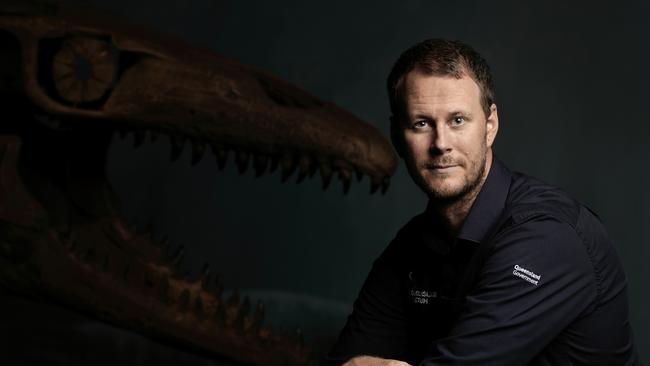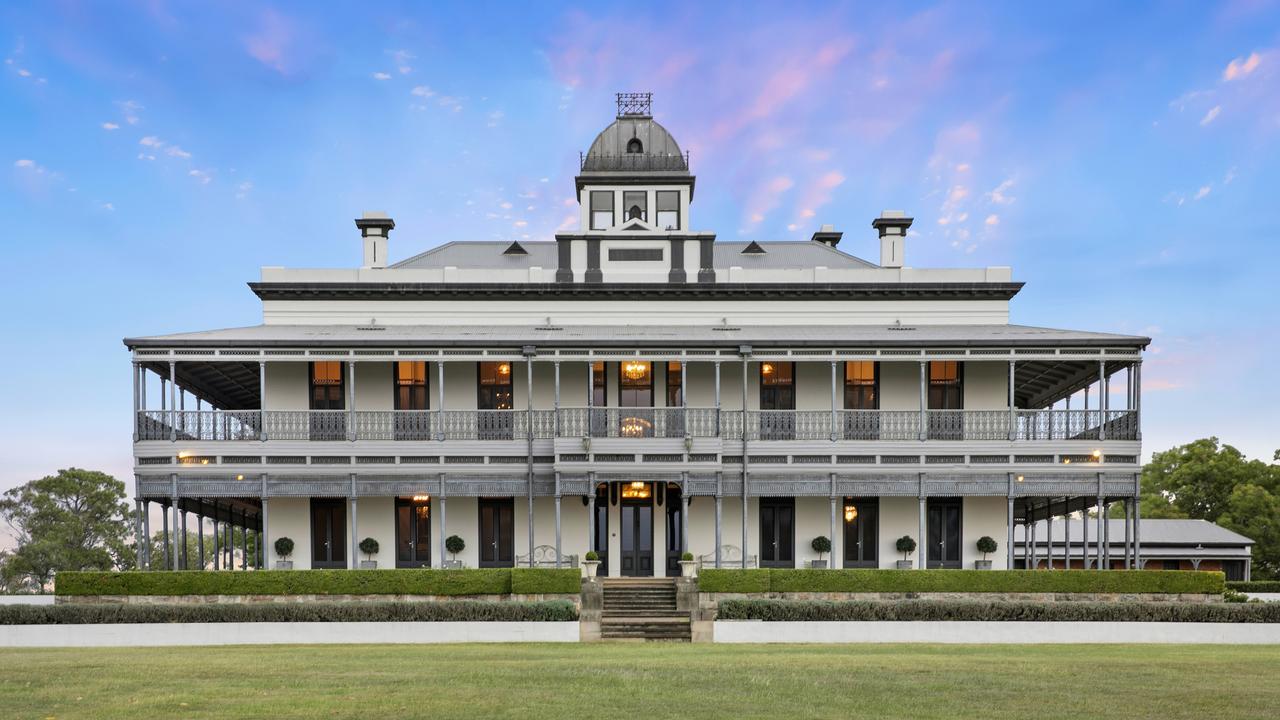Q&A: Dr Espen Knutsen, paleontologist
Even the fearsome T-Rex would pale beside by the prehistoric sea monsters studied by Dr Espen Knutsen. So what were they?

The poster for Sea Monsters: Prehistoric Ocean Predators shows a large shark being attacked by what looks like a lizard the size of a submarine, with weird flippers and a crocodilian mouth full of dagger-like teeth. You know how to get kids interested, right? Yes, it’s all about the teeth and chomping jaws! Our exhibition tells the story of a group of marine reptiles – ichthyosaurs, plesiosaurs and mosasaurs – that were some of the largest, fiercest and most successful predators that have ever lived, so we’ve got some good material to work with.
What did Earth look like then? Ichthyosaurs evolved about 250m years ago, when the supercontinent Pangaea was the only landmass. It was hotter and more arid than today; Earth had no polar ice caps. We were coming out of a major extinction event so there were lots of evolutionary open niches; these air-breathing reptiles, for instance, originated on land but ended up in the oceans. Ichthyosaurs went extinct about 90m years ago but plesiosaurs and mosasaurs lived to the end of the Cretaceous Period, 66m years ago, when dinosaurs died out.
How weird were they? Ichthyosaurs, some of which grew to 20m long, looked like dolphins but had vertical tail fins and retained their rear legs. Mosasaurs looked like big goannas, only with flippers and a tail like a crocodile’s. And plesiosaurs were the weirdest looking of all: some were shaped like leatherback turtles, with long, snake-like necks and tiny heads; a subset called the pliosaurs were 15m-long apex predators with 2.5m heads and teeth the size of cucumbers – way bigger than T-Rex’s. It’s said they could have bitten a car in half!
Where can you find the fossils of such animals? All over the world. In Australia, they’re found in sediments that formed about 110m years ago, after the sea level had risen and flooded most of Queensland and northern NSW. Fish, turtles, crocodiles, plesiosaurs and ichthyosaurs all thrived in this ancient sea. The exhibition uses a combination of real fossils and skeleton casts from Colombia, New Zealand and Europe.
You’re from Norway, and spent years excavating fossils in Svalbard in the Arctic Circle before emigrating to Australia. Is it hot enough for you here? Yes! I spent the first four years exploring for gold and platinum in the Pilbara, using my geological background; now I’m senior curator in paleontology at the Queensland Museum, based in Townsville. When I’m on field trips in central Queensland I forget about the heat because I’m too excited about finding something.
How do you narrow down your search? First I’ll study geological maps: I’m looking for sedimentary rock laid down in the Mesozoic era, from about 250m to 66m years ago. If it’s dinosaur fossils I’m after specifically, I’ll look for river and lake sediments; if it’s these marine reptiles, I’ll look for ocean sediments. Next, I’ll find rock outcrops in these areas on the satellite imagery (because it’s no good if the ground is obscured by vegetation) and then my team and I will go there and wander around with our faces as close to the ground as possible, looking for bits of fossilised bone that have weathered out of the rock. If we’re on a slope, we know they’re likely to have rolled downhill – so we’ll follow the bits and pieces all the way up the hill to the source.
Sounds exciting... It really is, because it’s quite rare to make a good find – say, a full skeleton embedded in the rock. Then the hard work begins, first with picks and shovels and then with brushes. Once you start excavating a specimen it’s a whole other level of excitement. Even in the lab, too – you sometimes see teeth marks on the bones, or shark teeth actually embedded in the bone; these are clues that are telling you a story, across 100 million years of time, of how that animal died. To me that’s endlessly fascinating.
Sea Monsters: Prehistoric Ocean Predators is at the Queensland Museum until May 3



